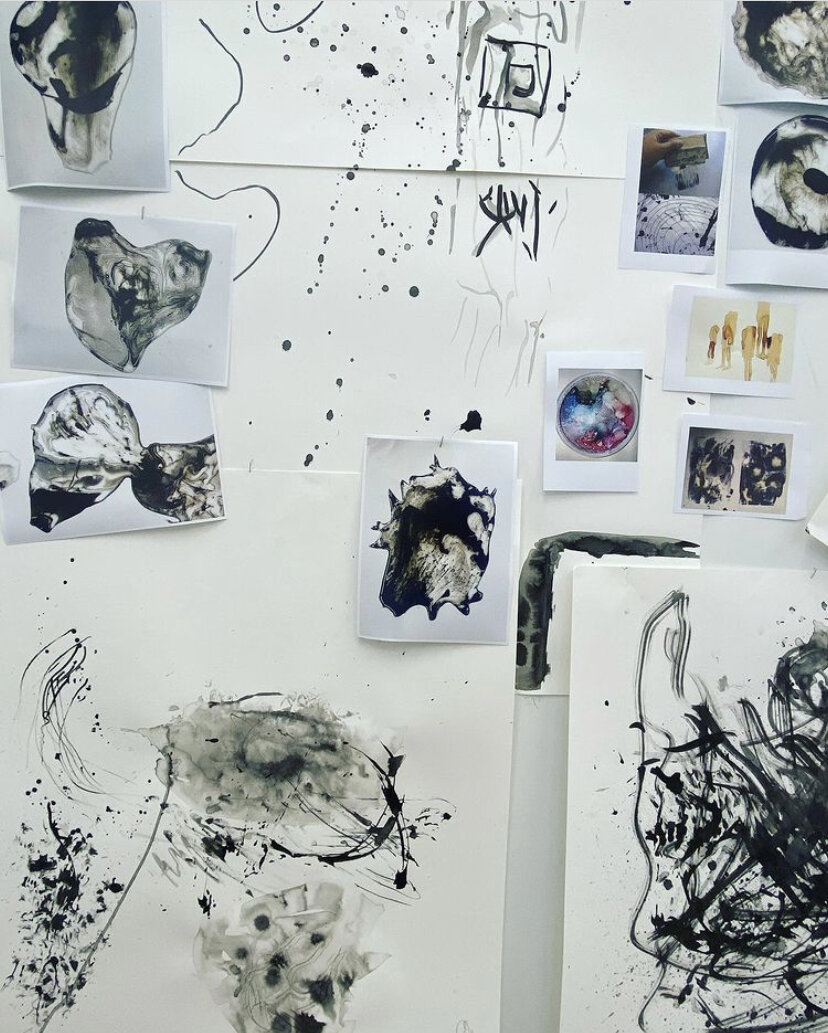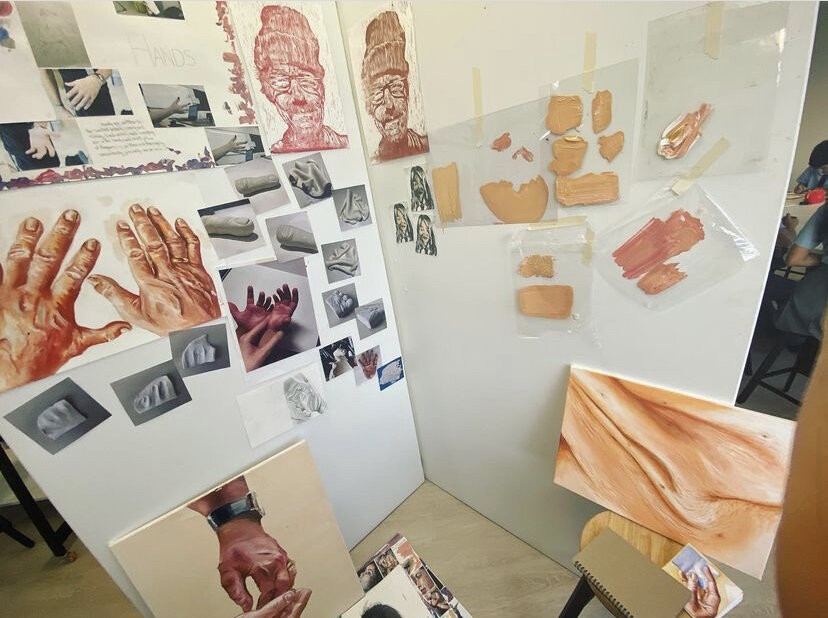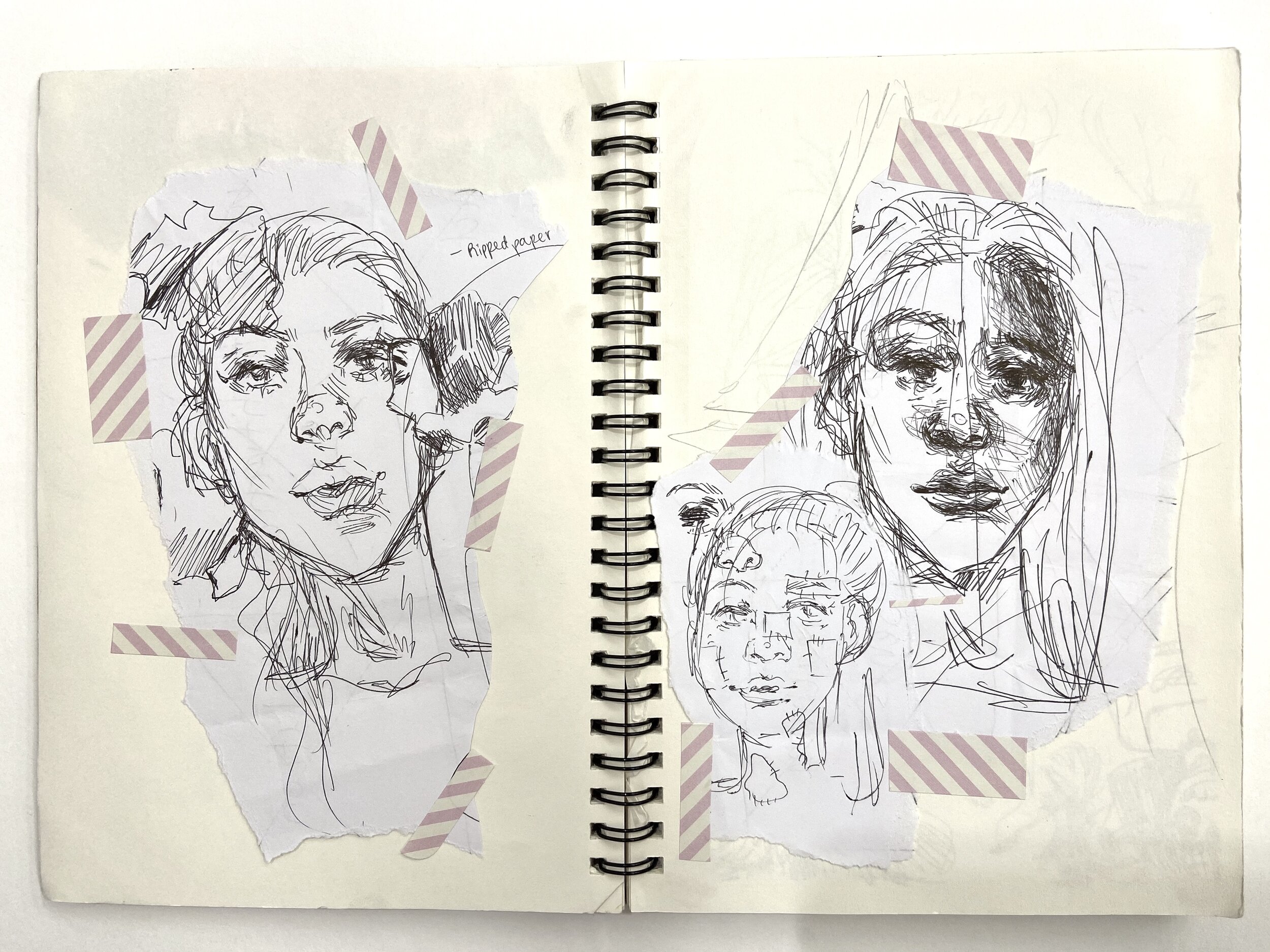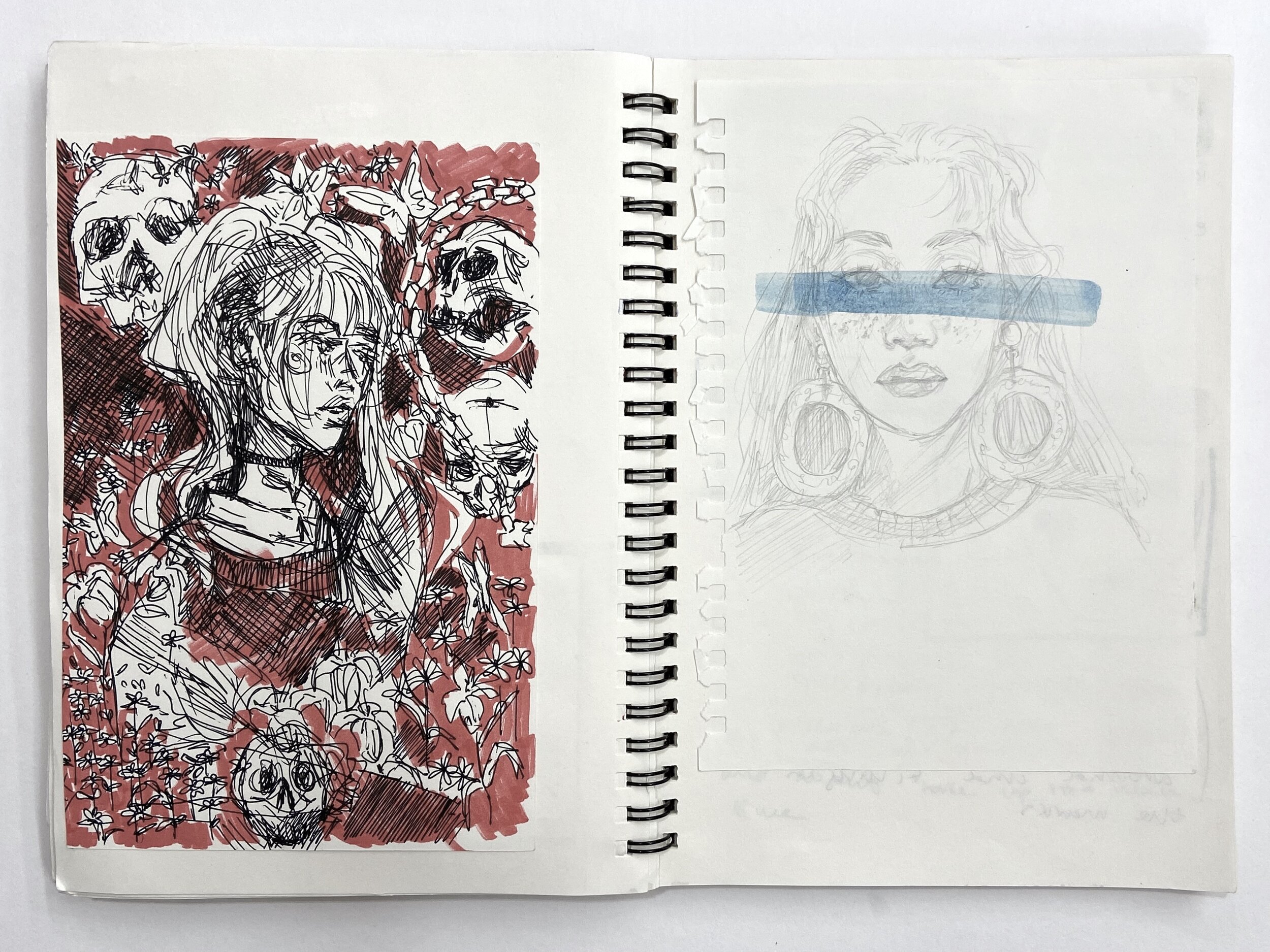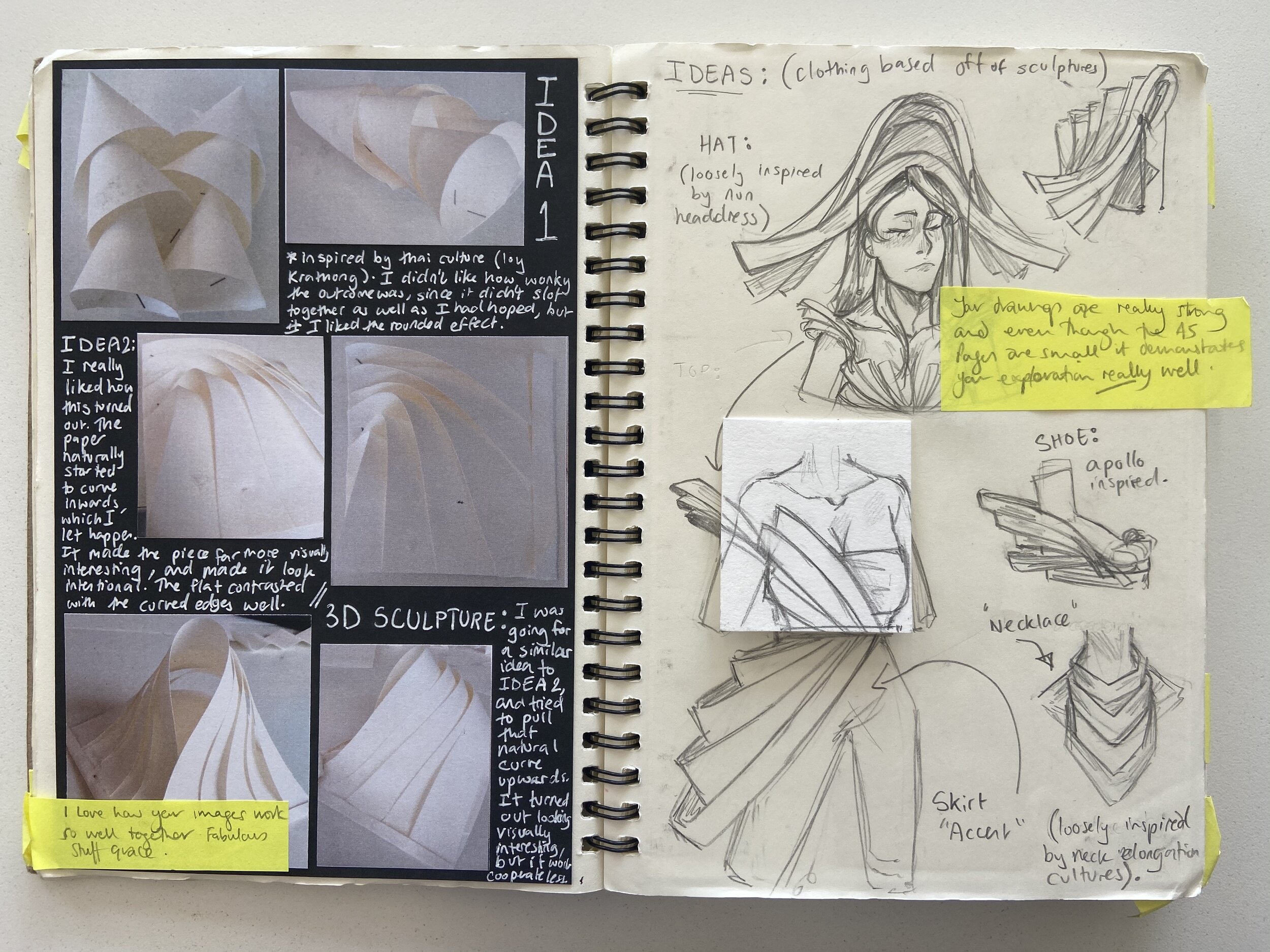By teaching our young people to think and act creatively we are preparing them, both practically and emotionally, for the changing world they are to face as adults. It is for this reason that I care so deeply about the value of the arts in education. Technological advances have completely redefined the way we live and communicate, and as such, success no longer hinges on how much we know, but on our ability to think creatively. In addition, anxiety and depression are increasing at a disturbing rate amongst our youth today, many of whom report academic pressure to be a significant contributing factor to this. Amongst so much prescribed, knowledge-based learning, an Art lesson provides a young person with the opportunity to let go and express themselves. Art provides a time and space where there is no right answer and mistakes are celebrated.
Art teaches awareness and critical thinking. It teaches History, Philosophy and Politics. I aim to teach my students to not only look, but to see. I want them to see the world in all of its beauty and ugliness, to absorb it, reflect on it and use it to shape their own opinions. I want them to have confidence in both the way they think, and in the way they respond to this through visual language.
Examples of my student’s work can be seen below:












































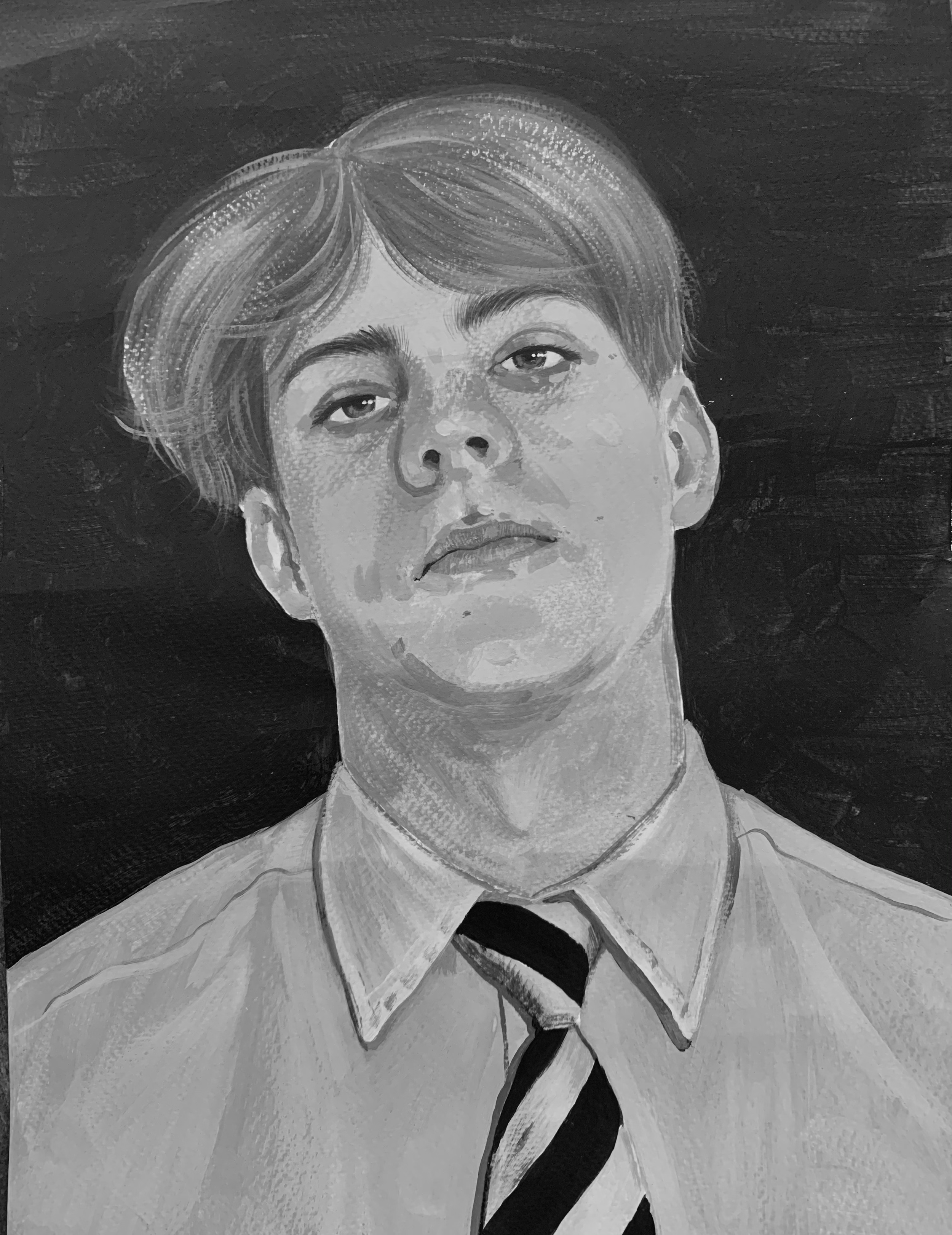












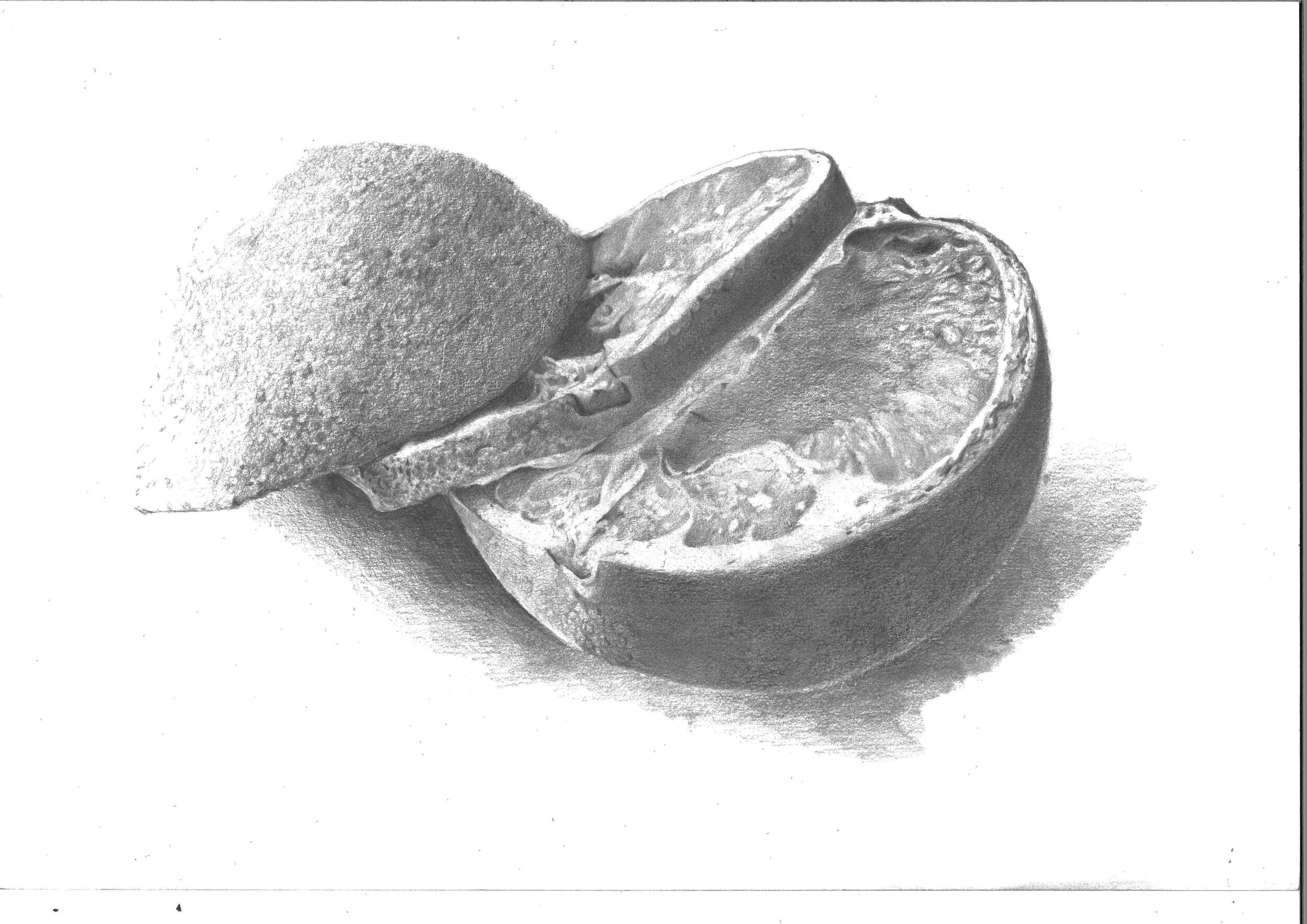
















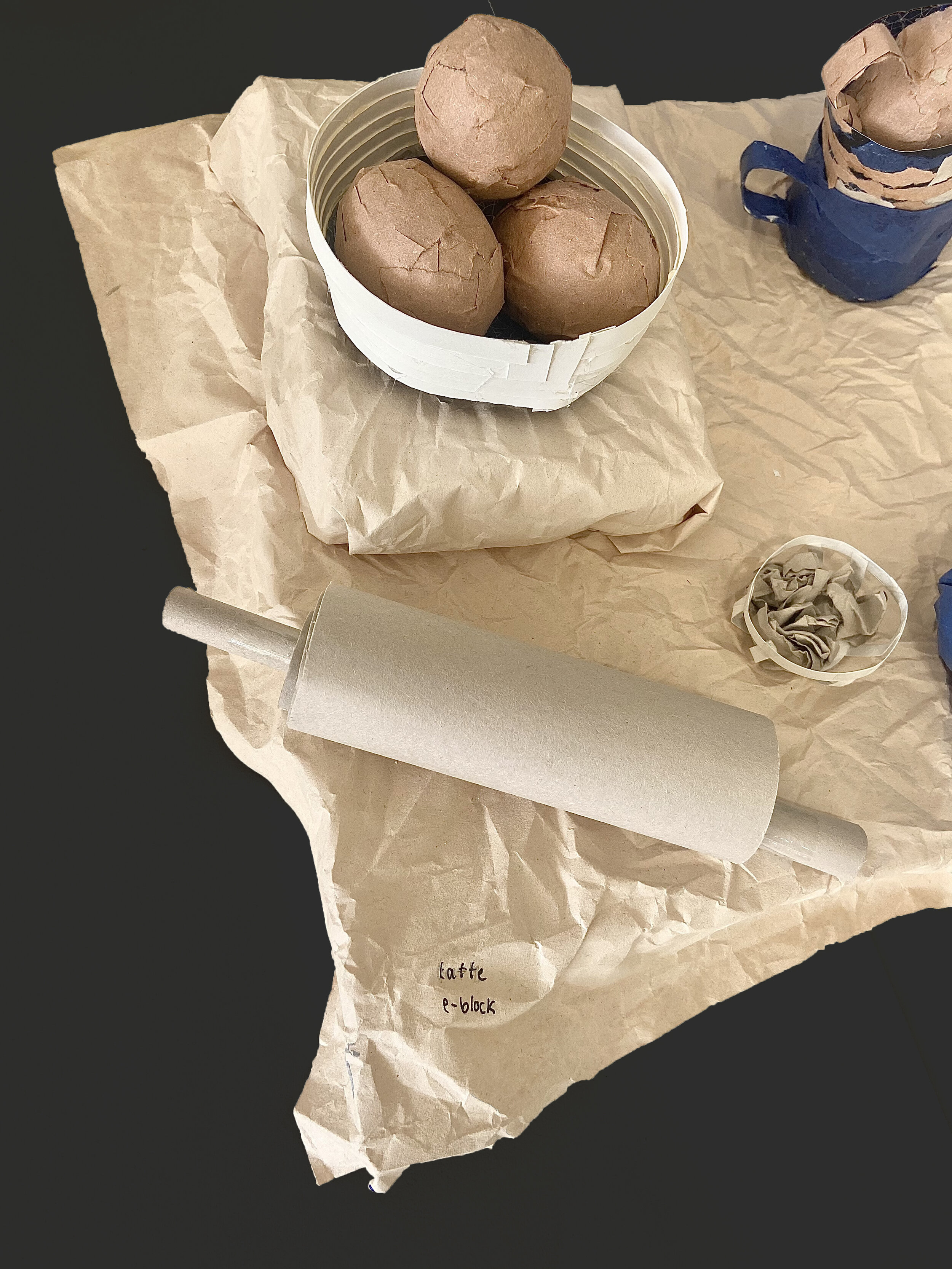

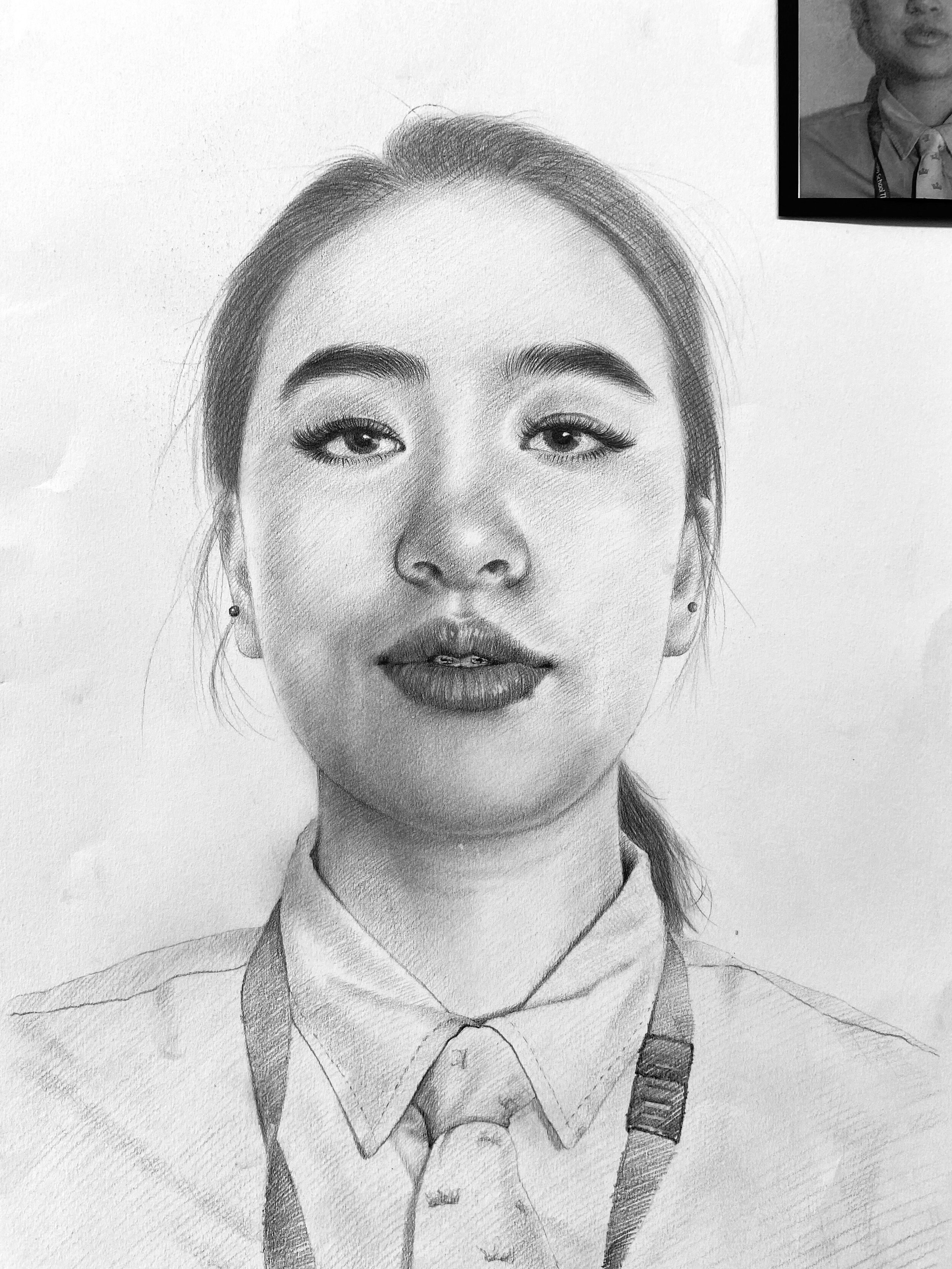
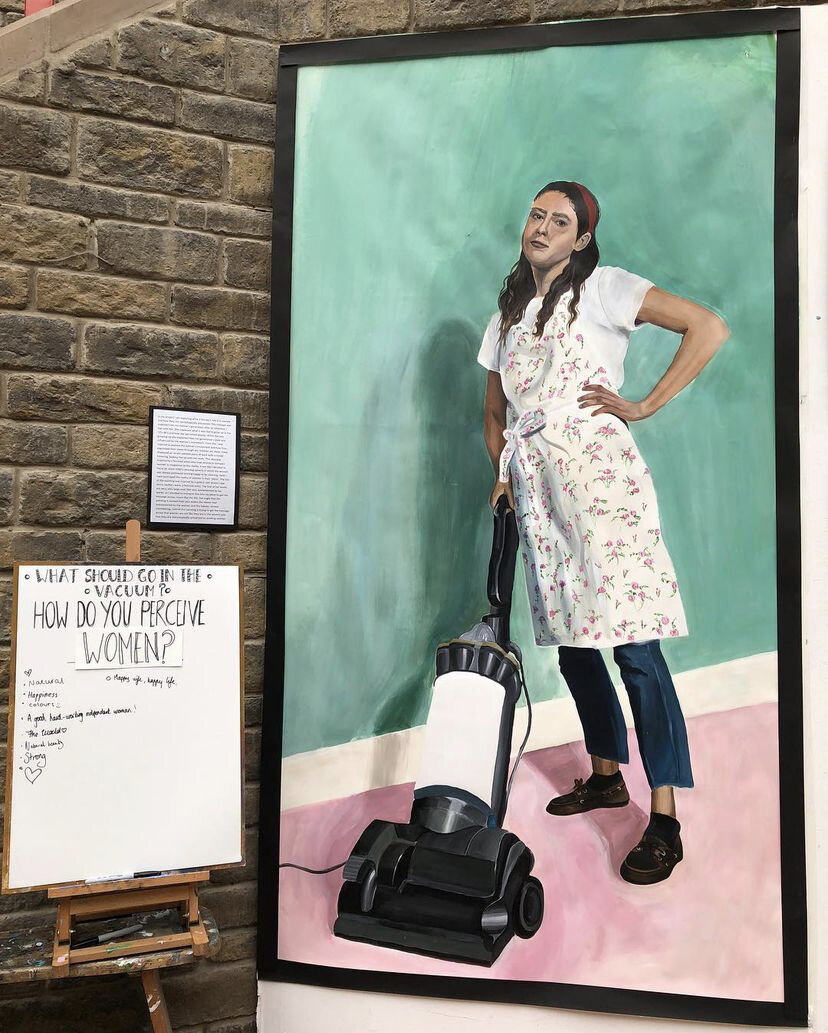
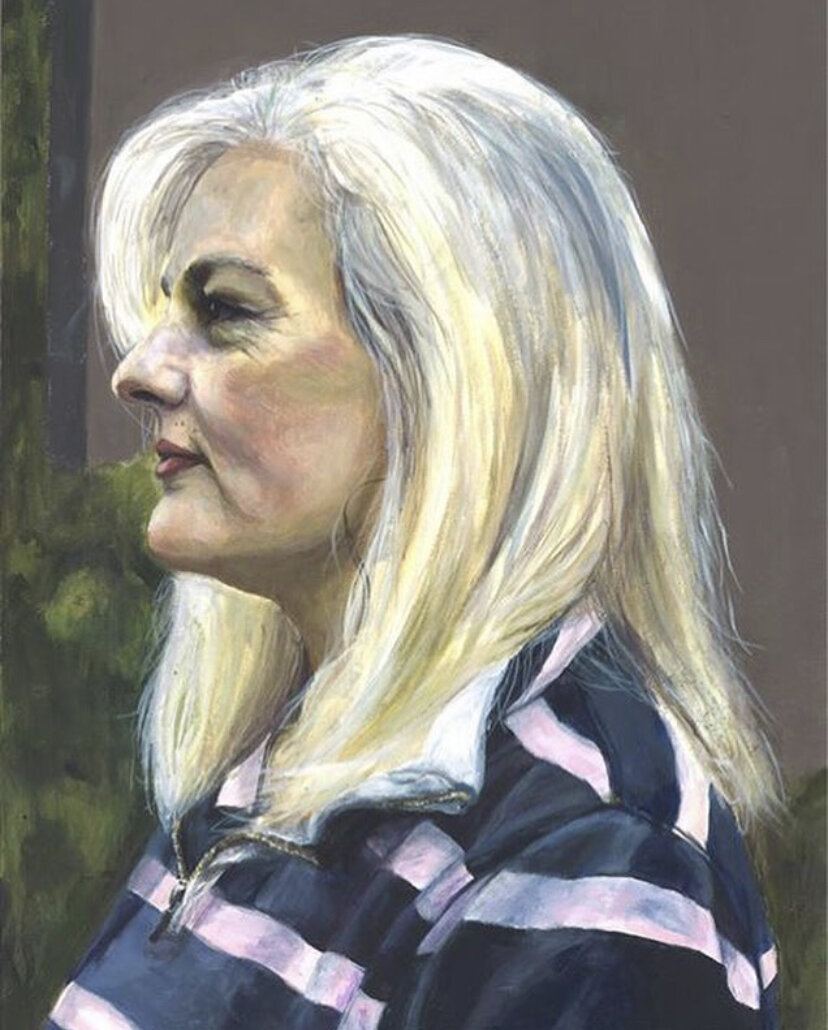
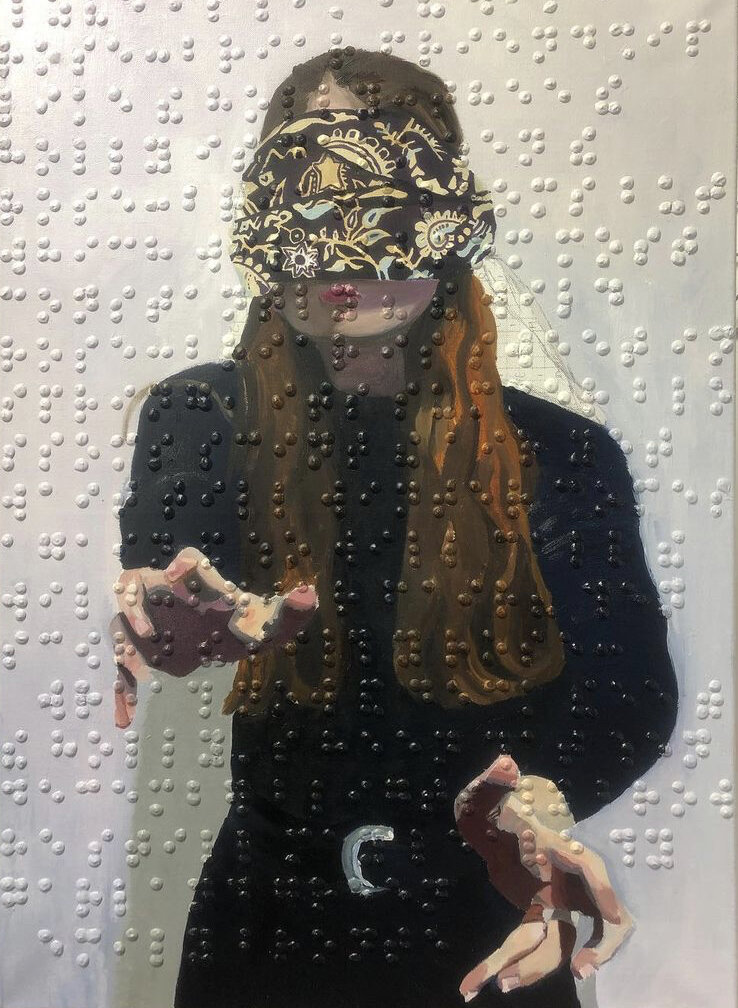
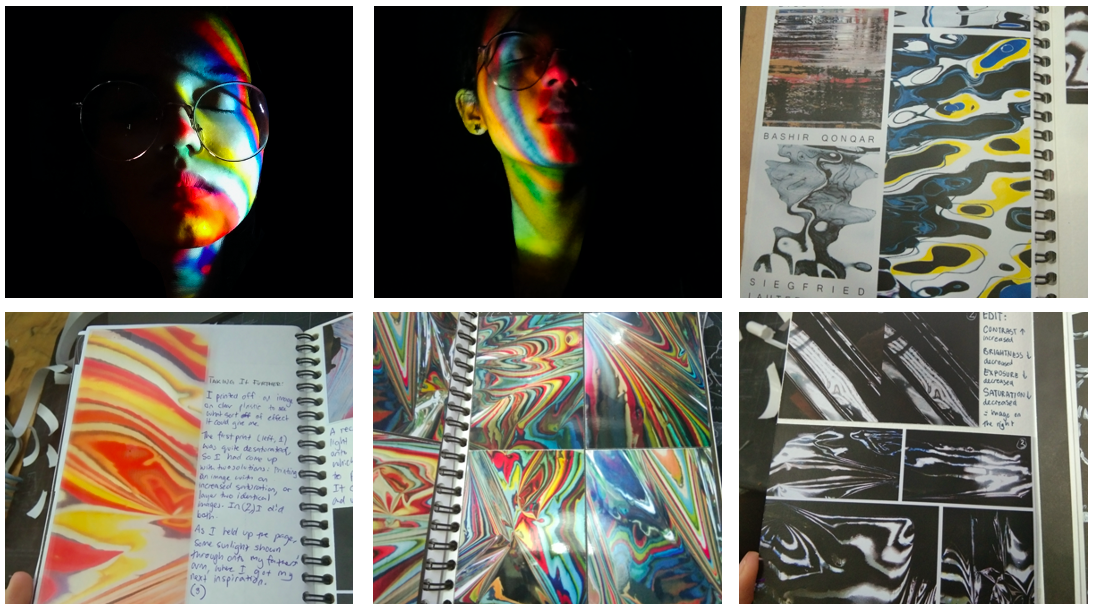
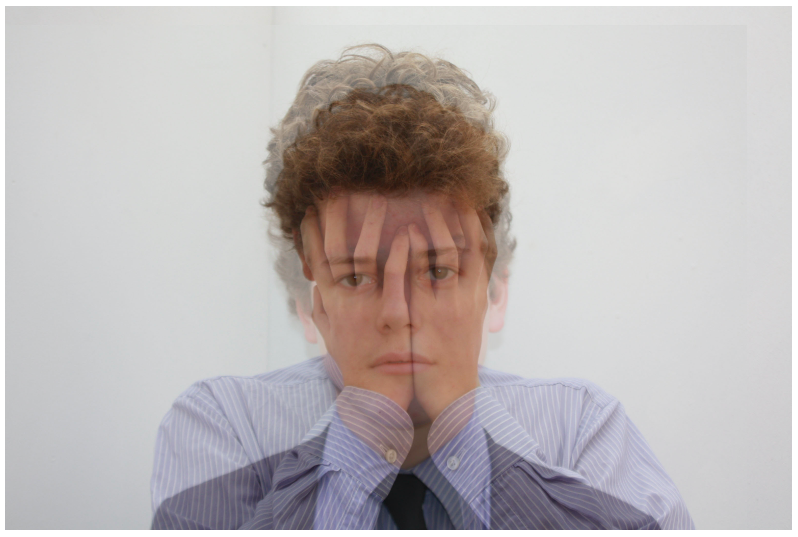
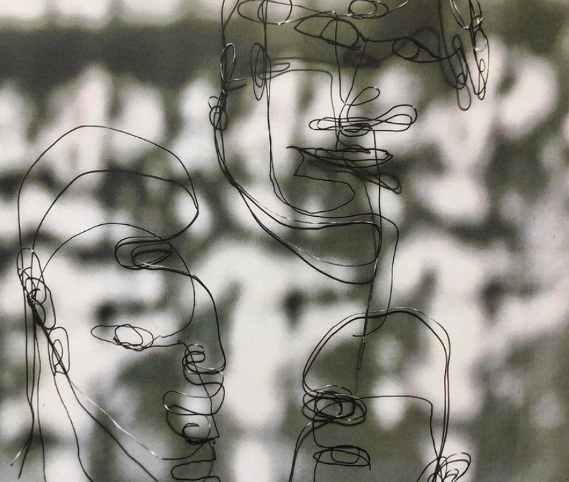




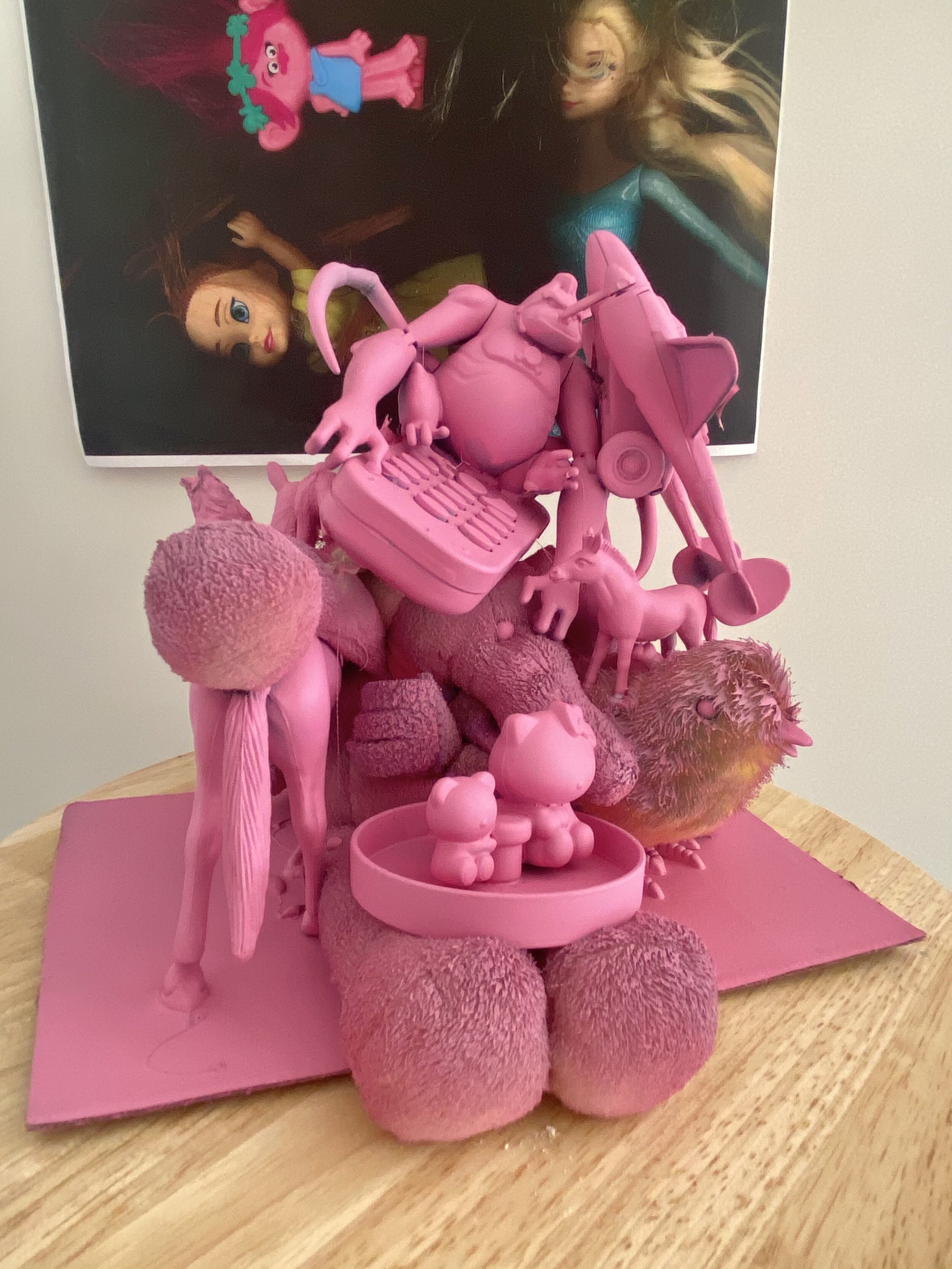





Drawing from Life
Observational drawing lies at the core of my teaching at all times. Through learning to draw from direct observation, students learn to look, and in doing so they learn to see and notice the world around them. This improves not only their technical skill across other media, but also their creative thinking skills and ability to translate concept and opinion into visual language.



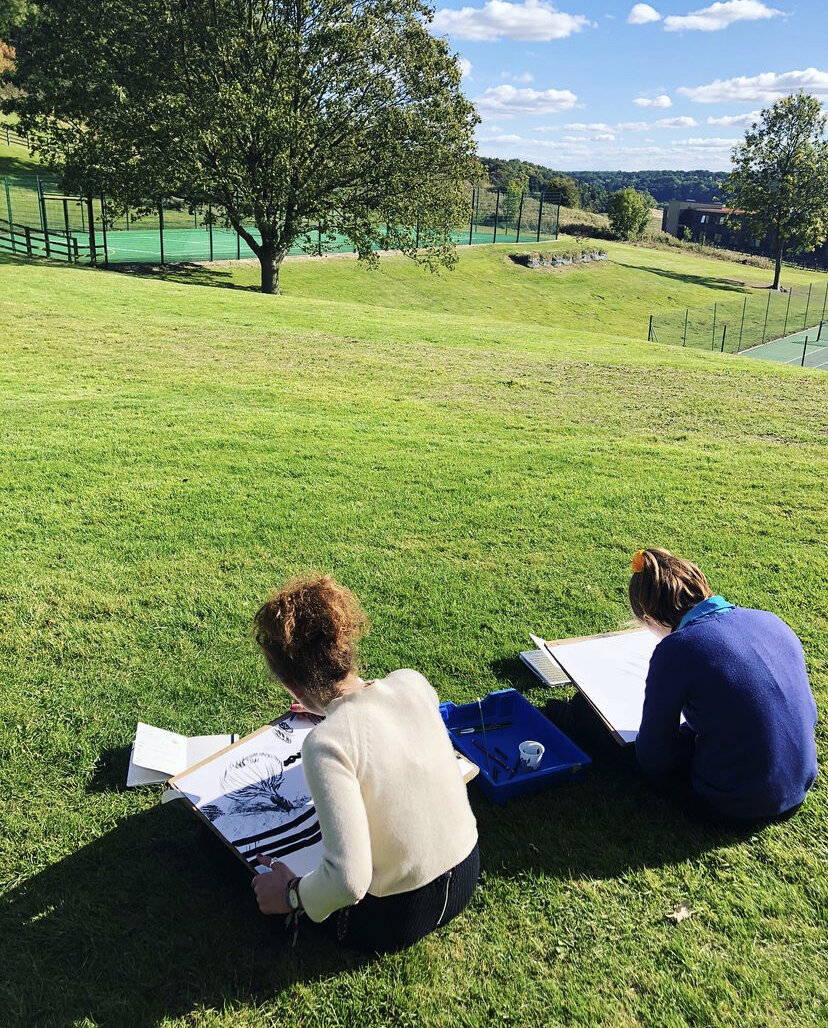

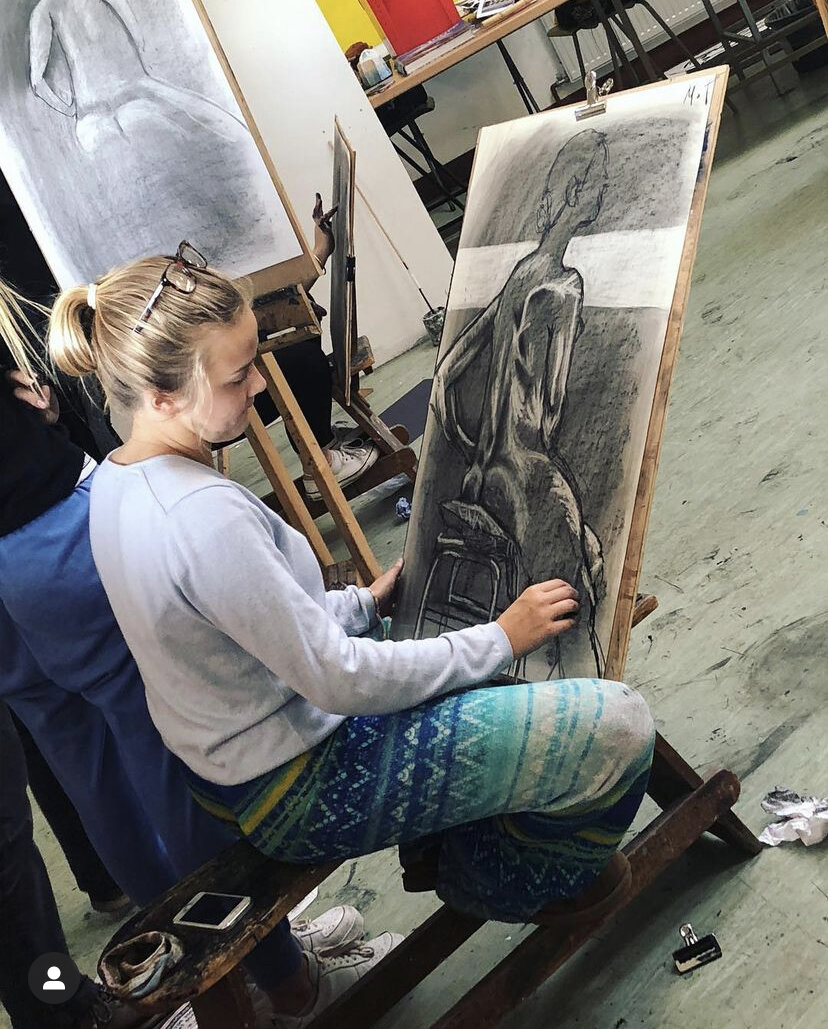


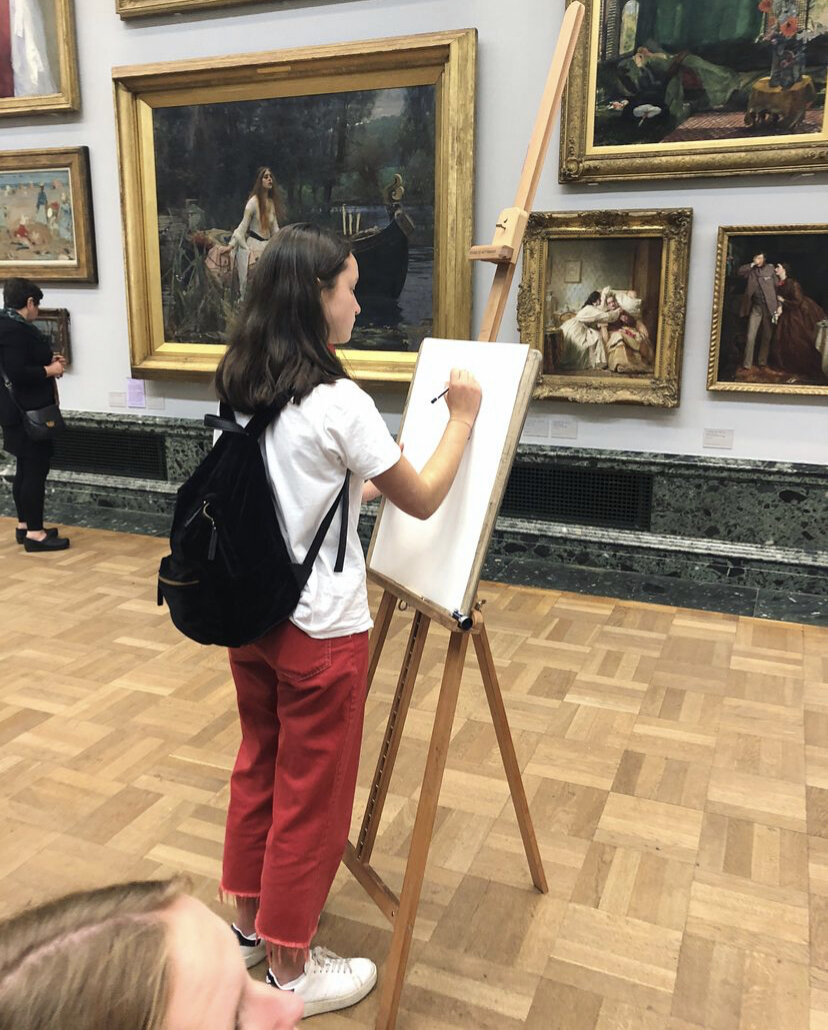
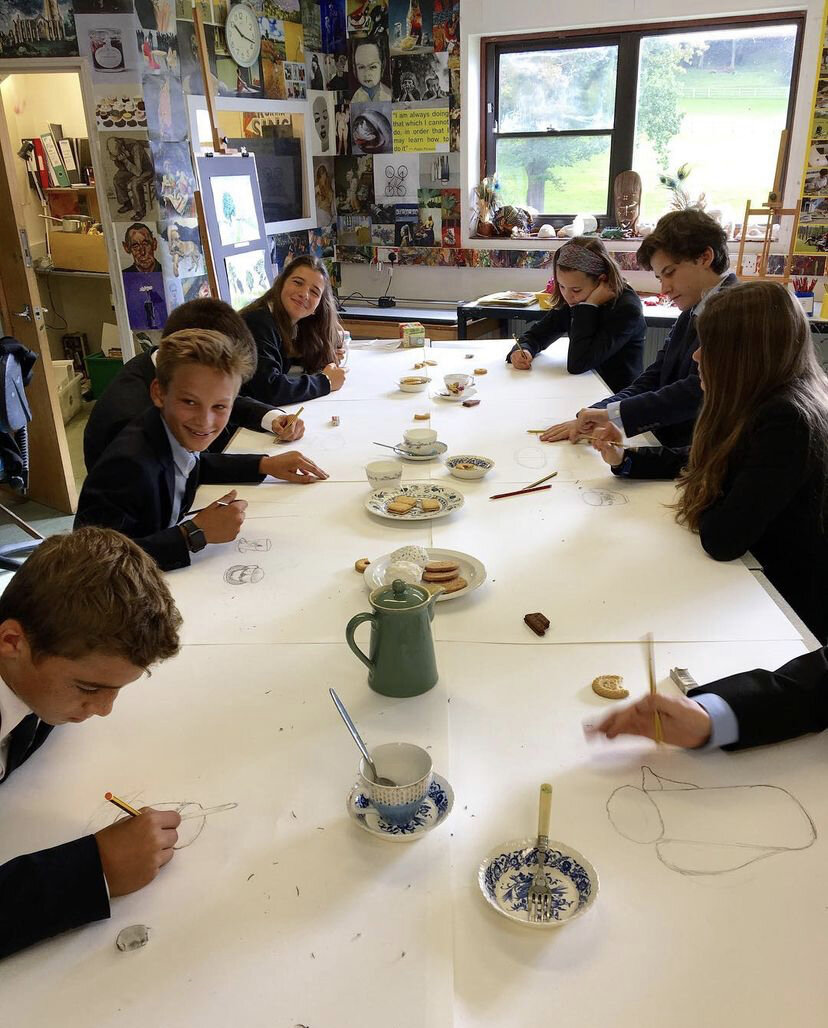
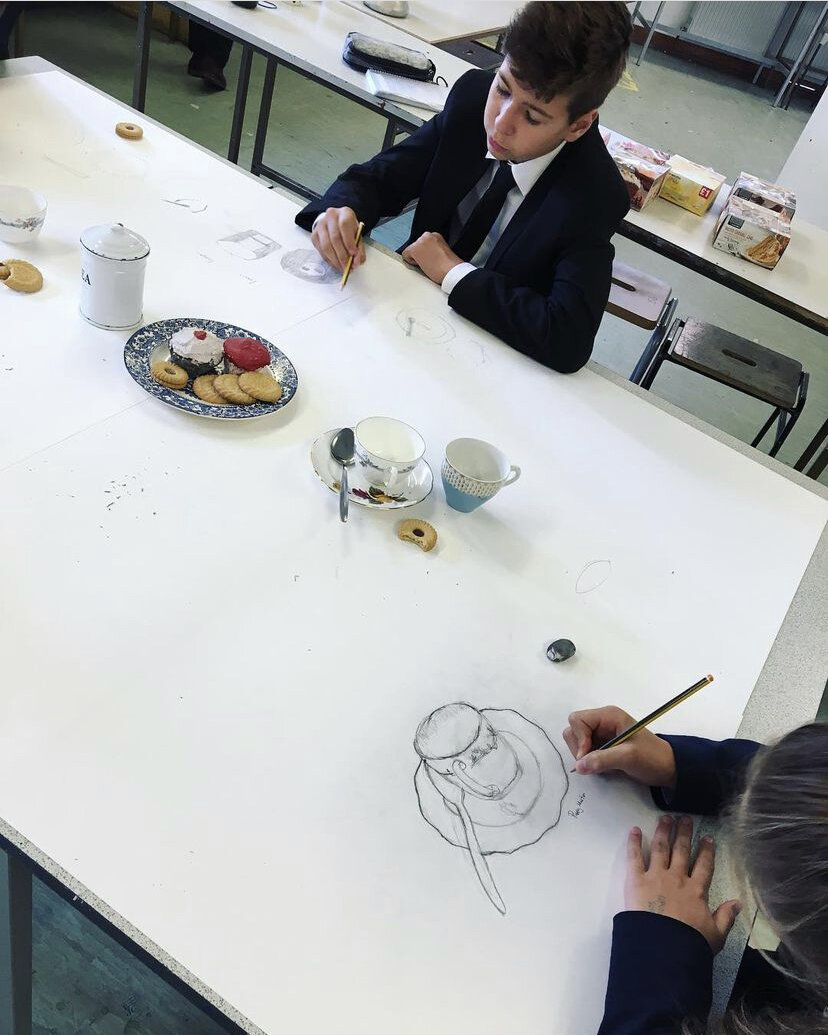
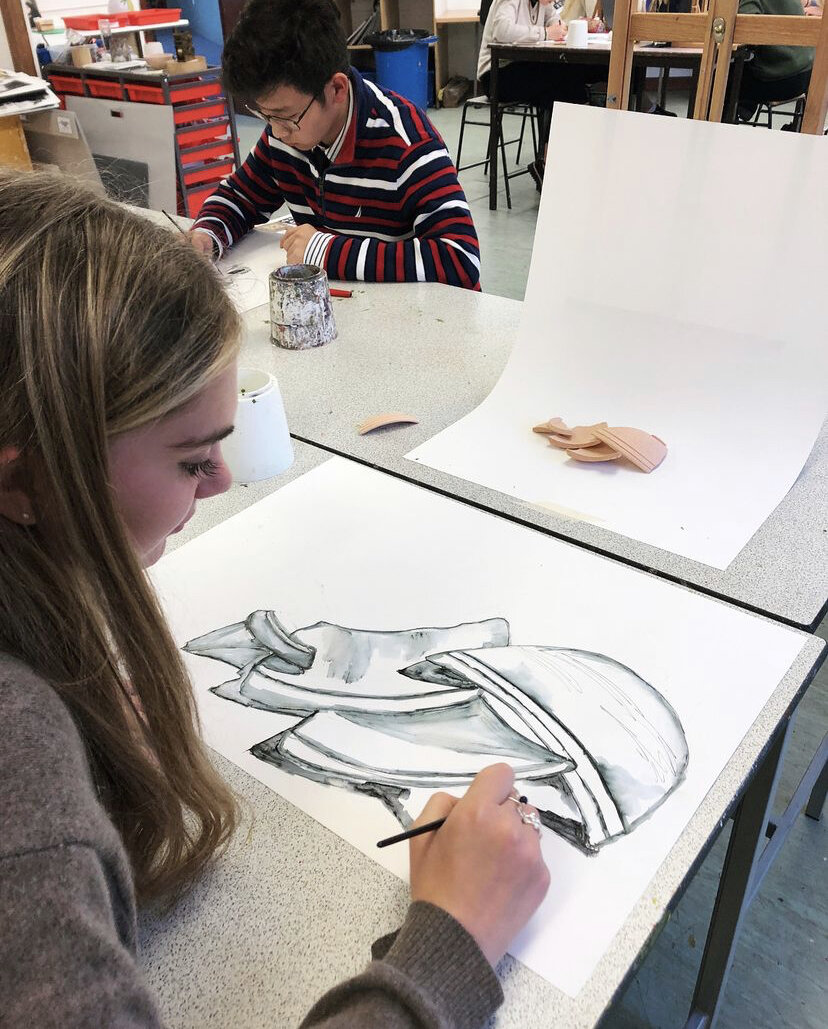
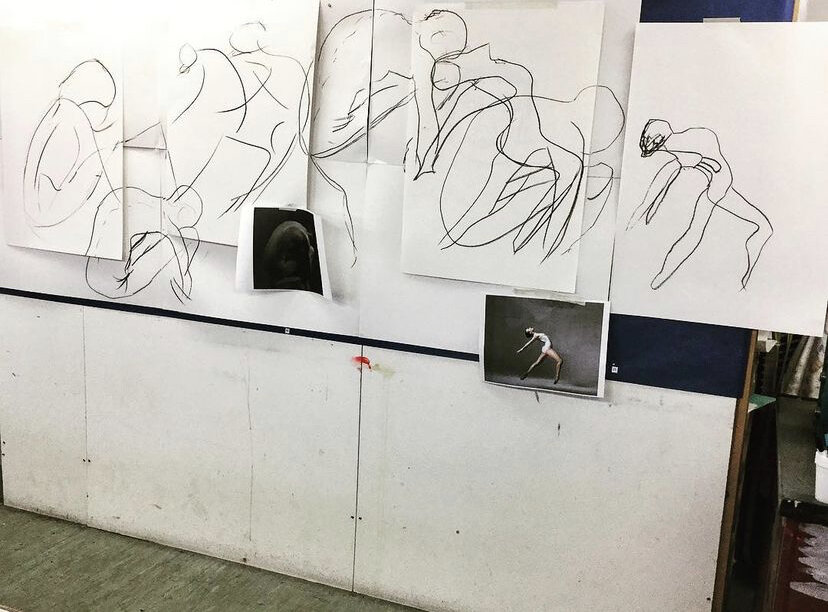
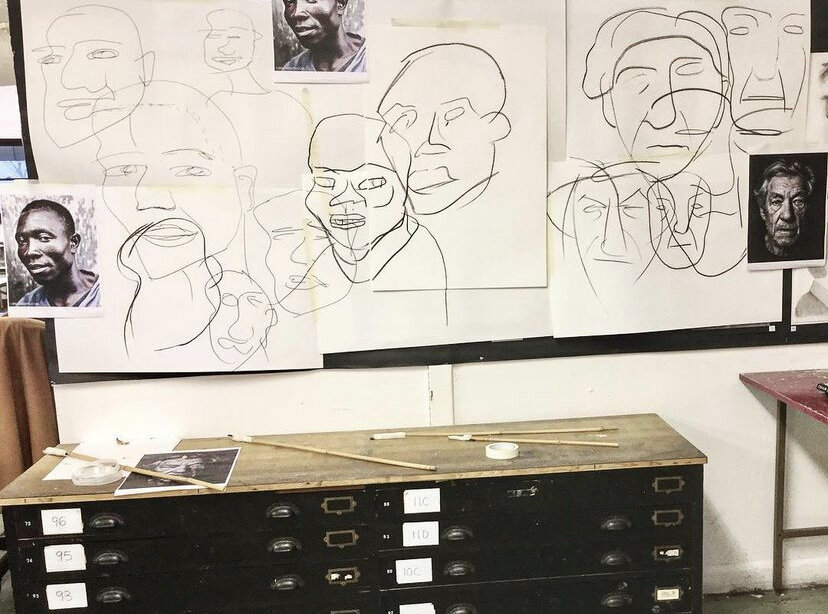
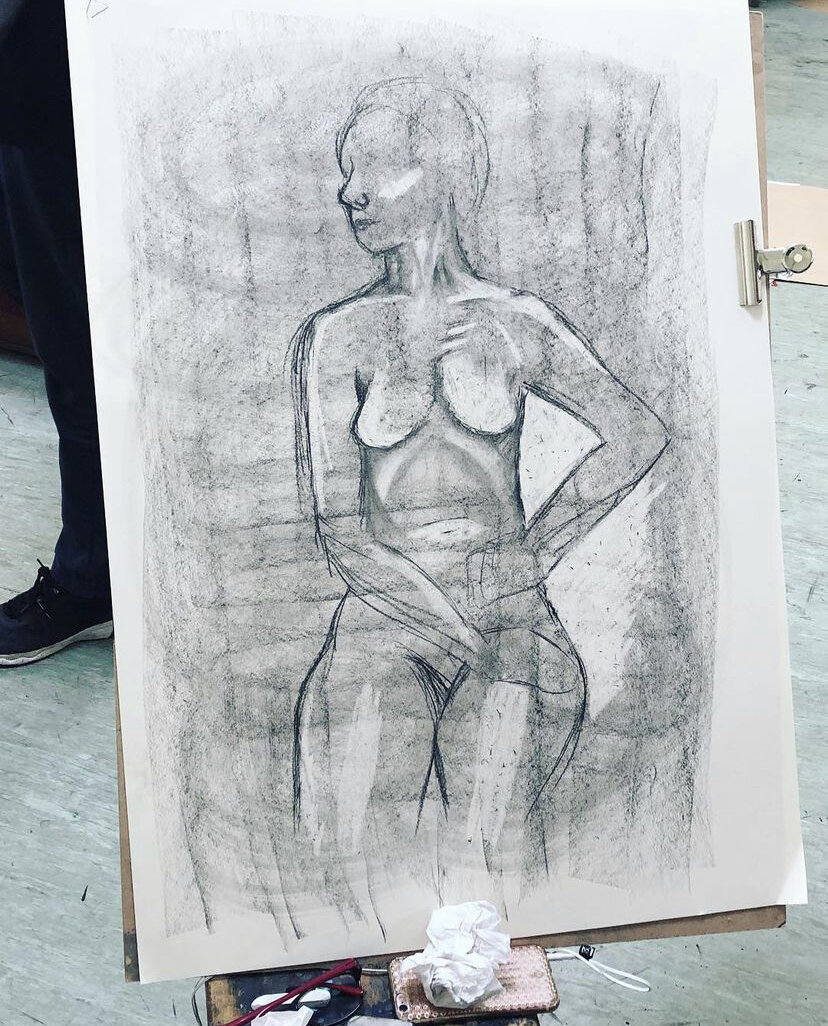
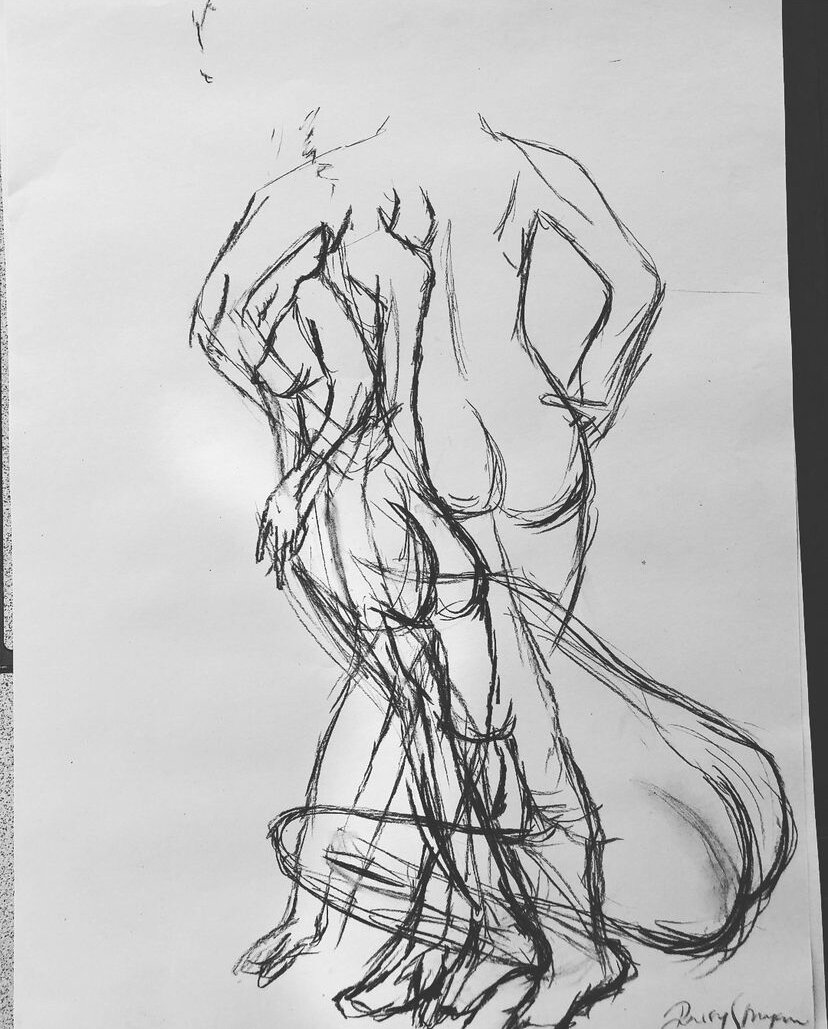
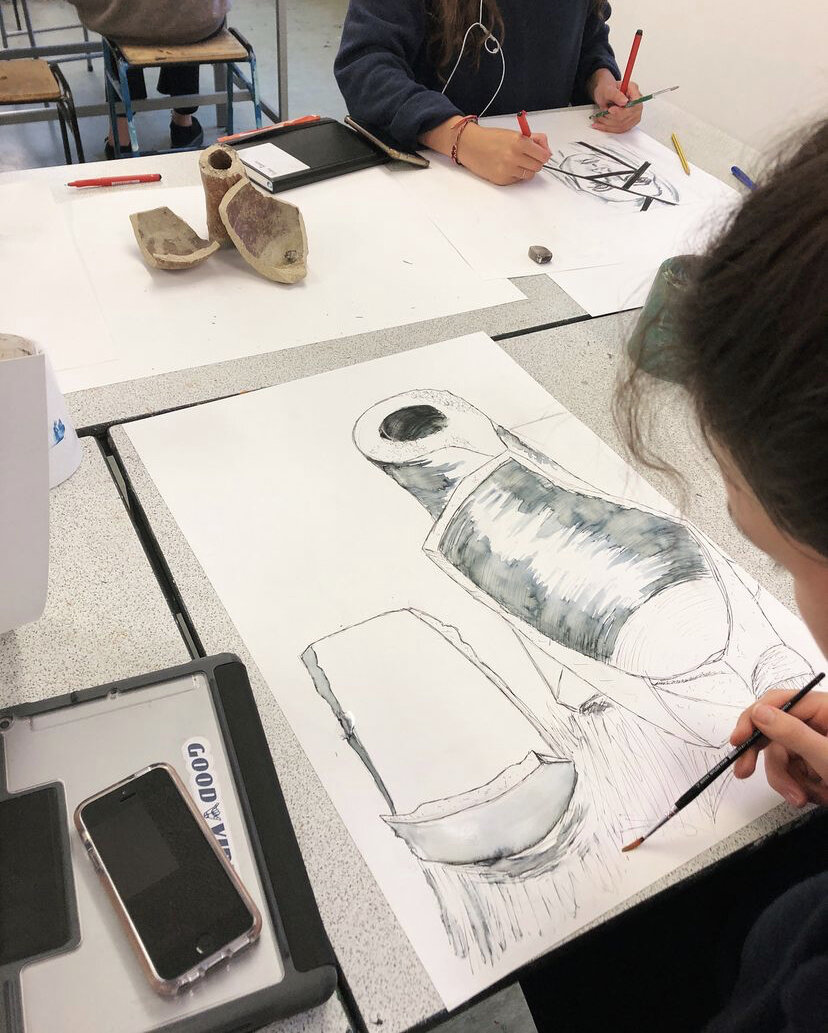
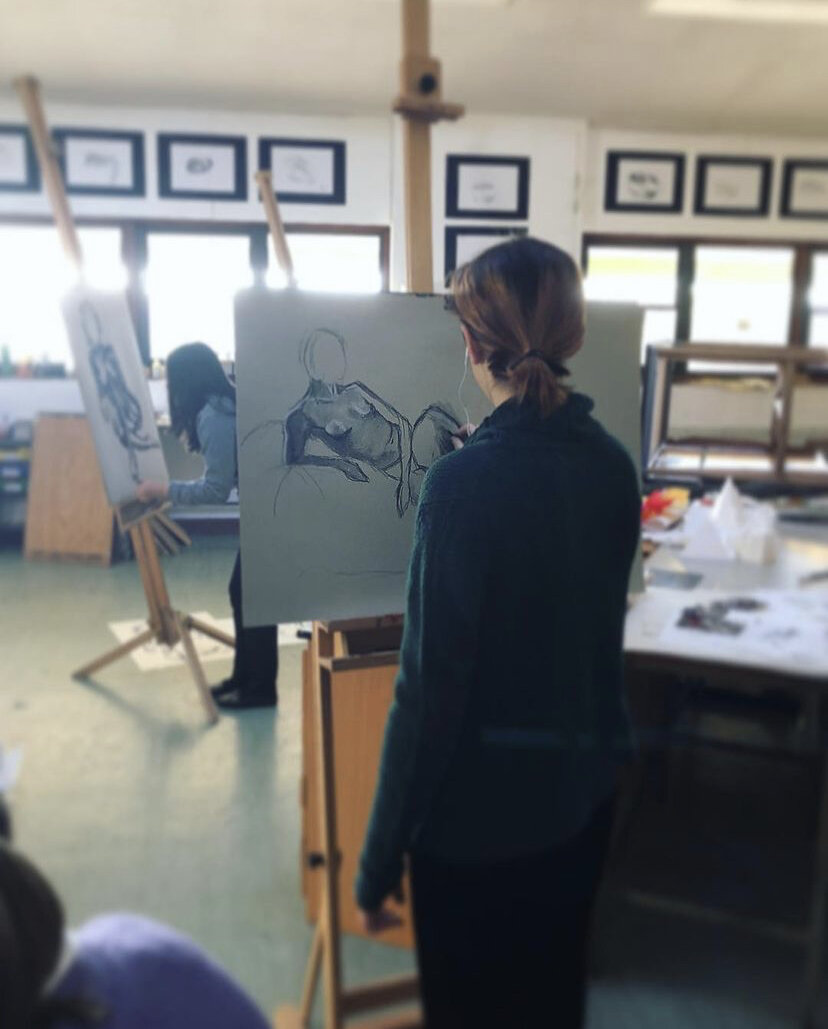
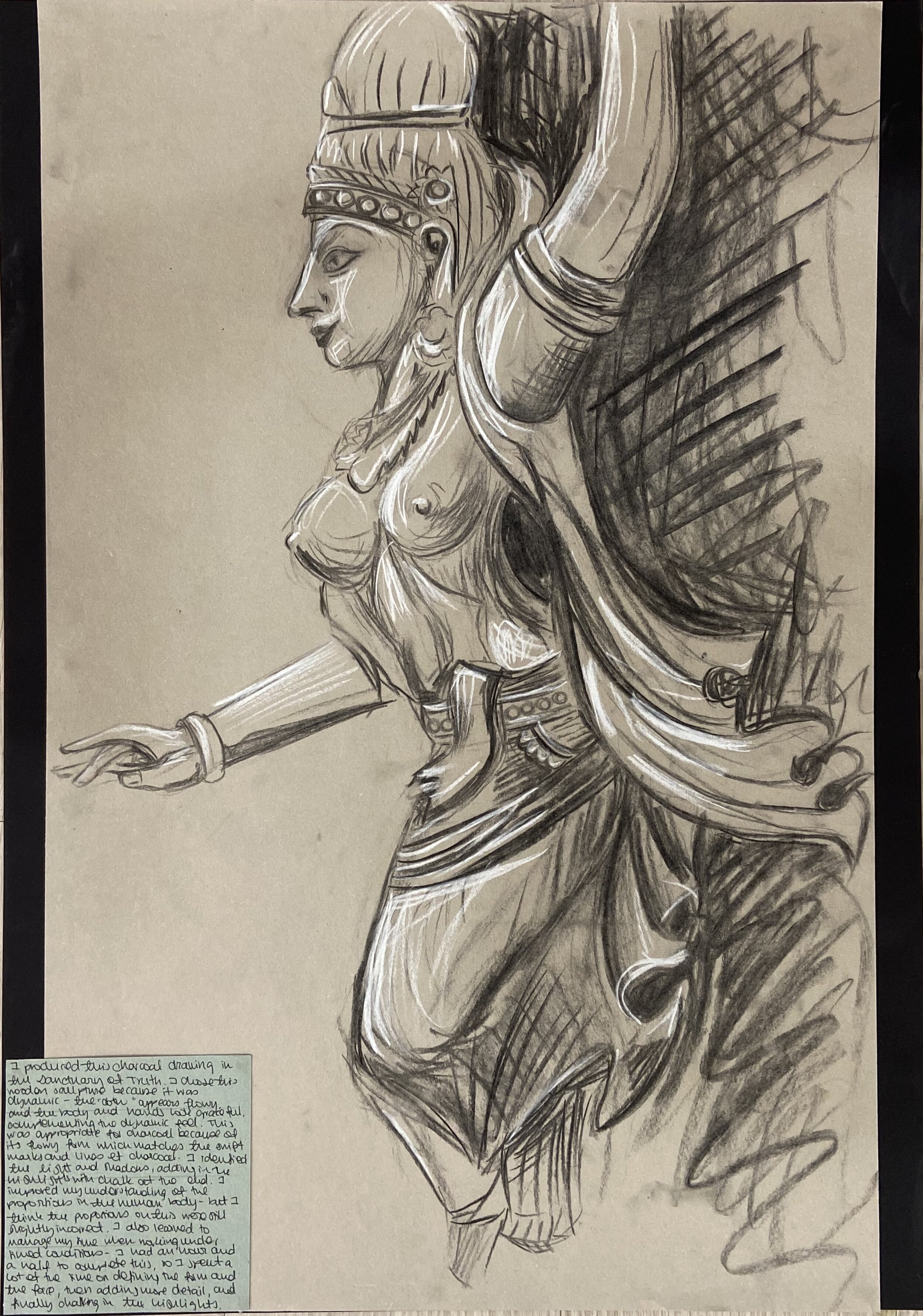
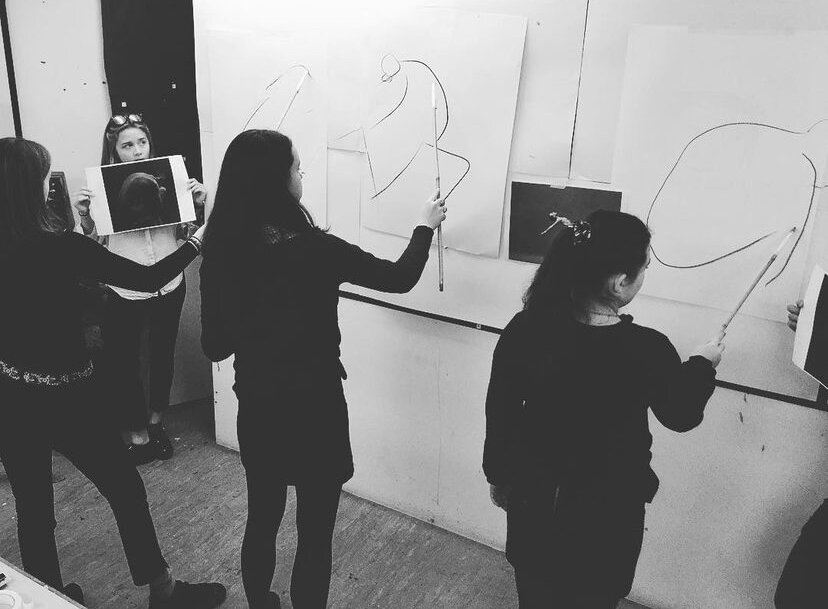
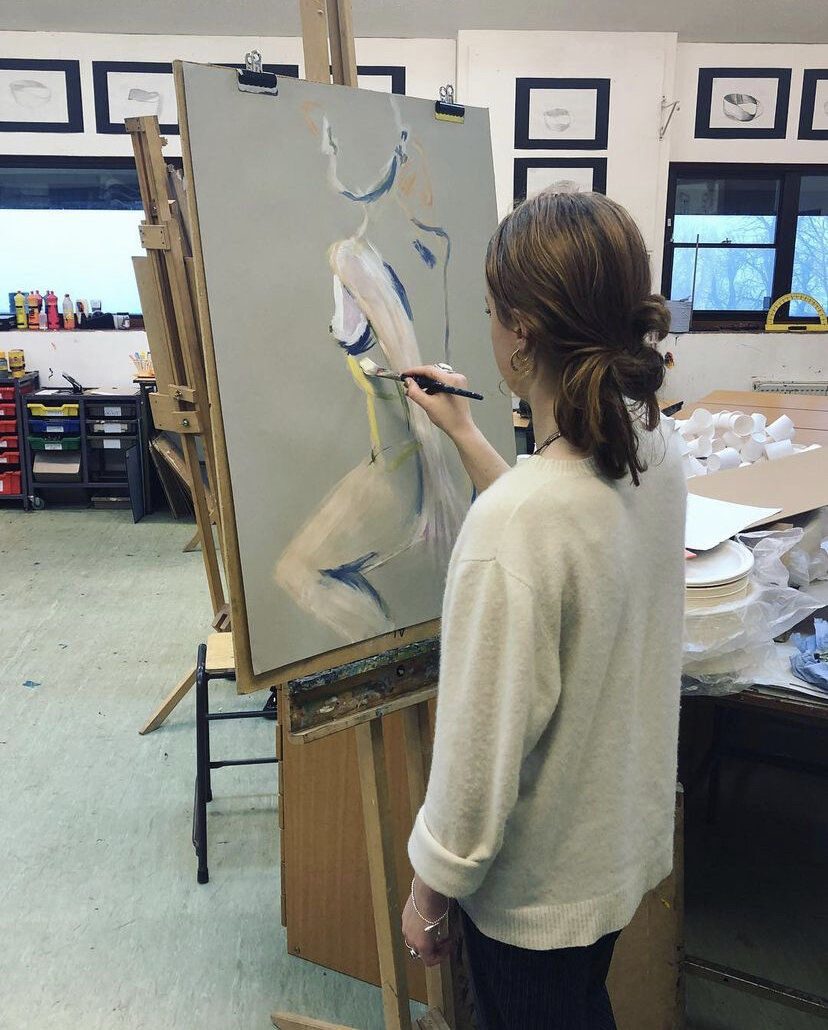




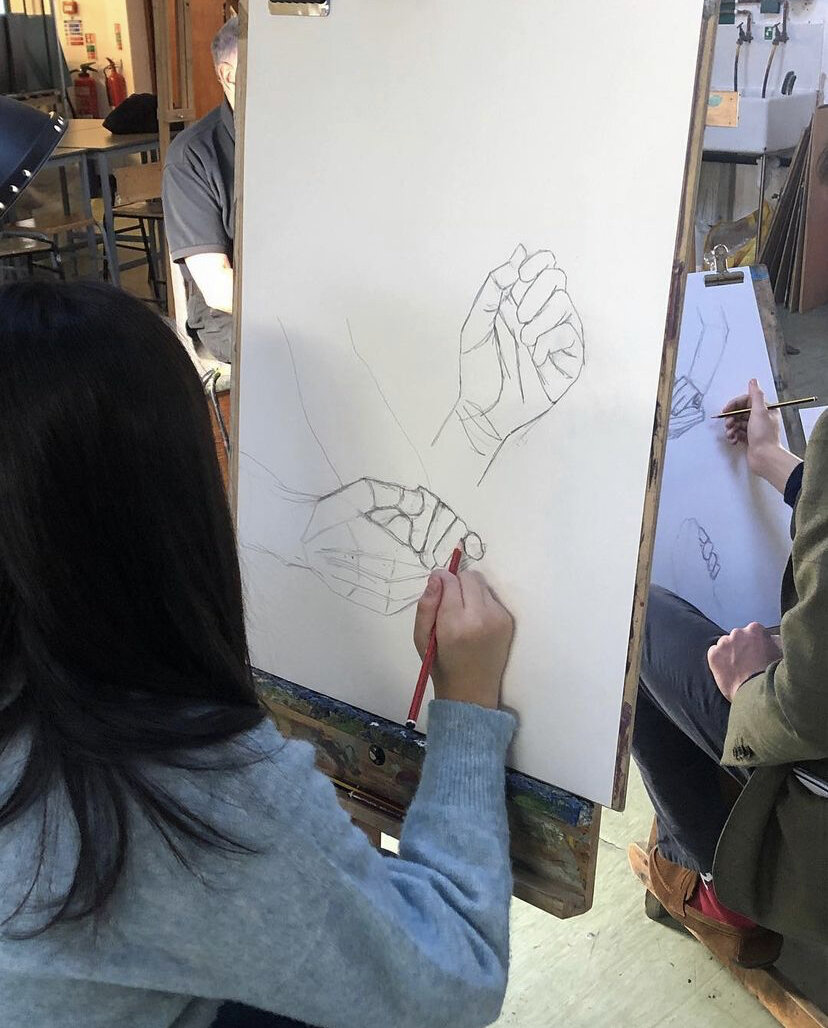





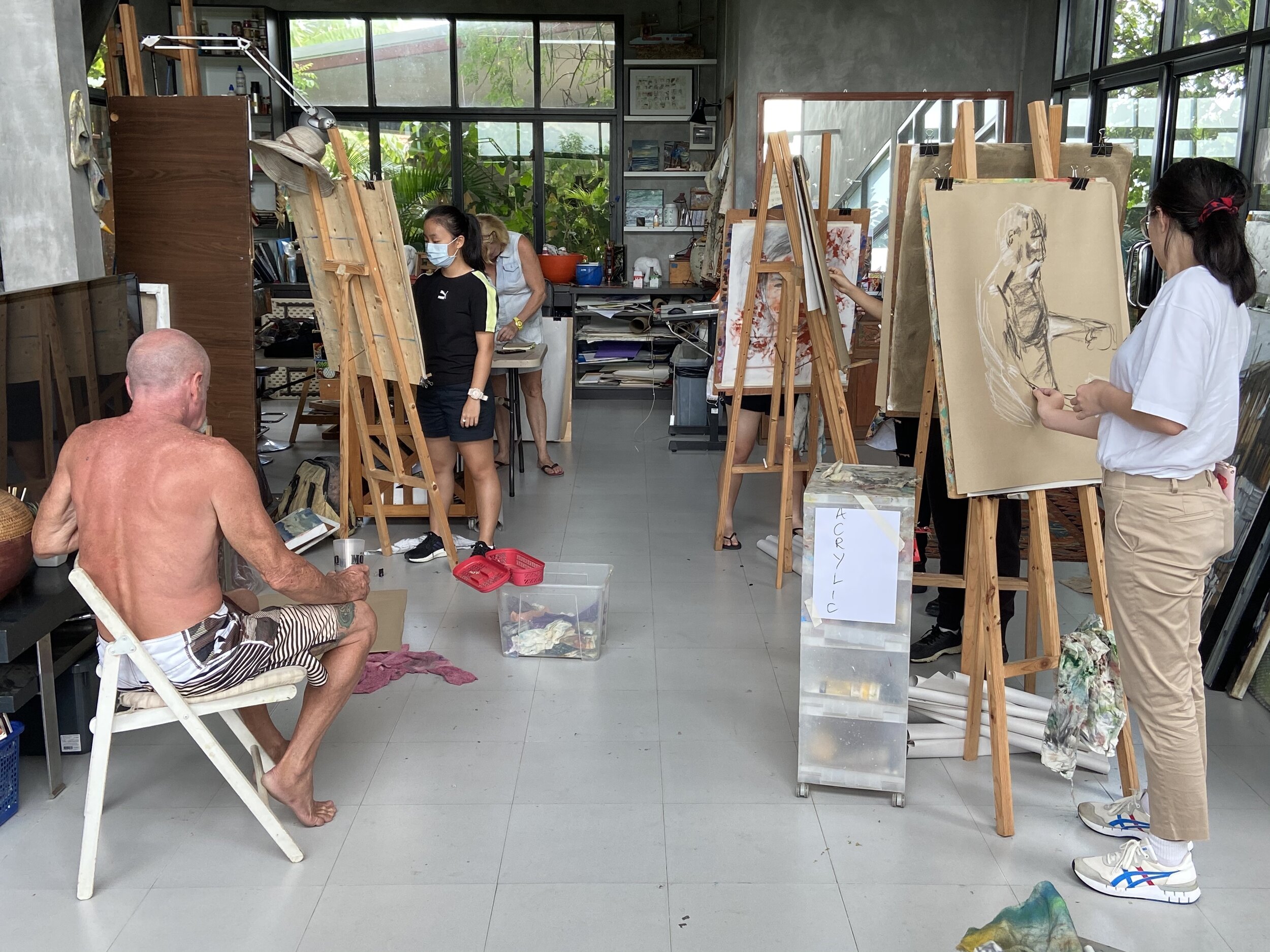

Visual Diaries & Working Walls
At the beginning of any course, I present my students with a visual diary. A little book for big ideas - one to become attached to. There is no expected way to fill this out, so long as it is. Students use their visual diaries as a means of recording thoughts, ideas, experiments, drawings and research. Wherever possible, I also provide my students with individual wall space, upon which they are expected to present their work in progress. Their walls should be full, and constantly changing in order to demonstrate their developing ideas. Displaying work in progress takes courage, but it reaps its rewards. By learning to do this, the students learn to critique, analyse and share ideas. I encourage my students to leave each other feedback on their boards; both praise and suggestions for improvement. Regular group critique allows the opportunity to both ask and answer questions, explain their ideas and develops presentation skills.















